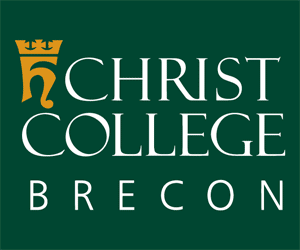Choosing A Musical Instrument For Your Child
In our last article we looked at the benefits for children of learning a musical instrument. Once your child has decided they want to learn an instrument, the next question is: which instrument should they go for?
Many children start off by learning the recorder, because it’s a fairly easy instrument for most to grasp and it serves as a good introduction to things like beats and basic understanding of notes.
When it comes to choosing an instrument to learn long term, the decision should be made by both parent and child. After all, if the child does not want to play this particular instrument, you will have a constant battle on your hands to get them to practice.
Woodwind Instruments
These include the clarinet and flute. Both of these are exciting options for children, and both can be adapted for smaller hands if you think this might be an issue. Both can usually be picked up relatively quickly, and children are likely to be encouraged by this fast progress early on. Another plus point for these is that they are disassembled into a smaller box for easy transport.
Other woodwind instruments include the oboe and bassoon - which can prove slightly more tricky to master. Both require very careful mouth placement which youngsters can find tricky; the oboe has a reputation for being one of the most difficult instruments in the orchestra to master. Although the oboe can be disassembled into a smaller case, the bassoon is often quite cumbersome and difficult to transport
Brass Instruments
These include the trumpet, trombone, tuba and French horn. As a general rule, adult front teeth are required before one can learn a brass instrument - so this may be a consideration. Although the French horn is known for being hard to master, the trombone, trumpet and tuba are a little easier to grasp. Trombones are available in a smaller size if arm reach is an issue.
String Instruments
These include the violin, viola, cello and double bass. It’s important to bear in mind that unlike woodwind instruments, progress can be slow with a string instrument in the early days and this can be disheartening for some. Young learners may also require assistance with their home practise, and parents may need to sit in on lessons in order to help out at home. Learning a string instrument requires a fair amount of coordination - think about how one hand holds the strings while the other moves the bow. It’s also important to consider that although beginner string instruments can be fairly inexpensive, if your child sticks with this, good quality instruments can become expensive down the line.






